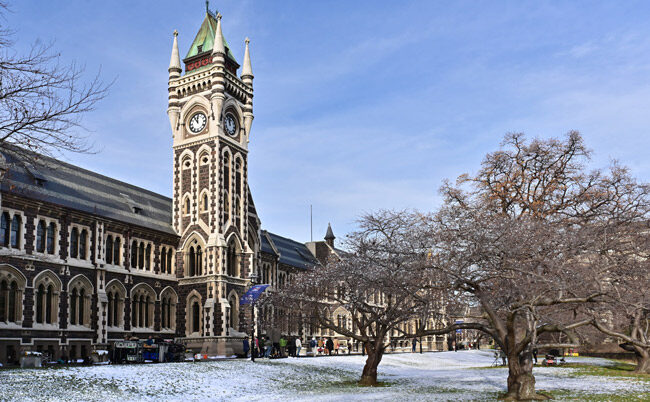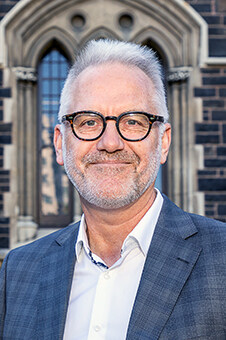The University of Otago is on track to secure the second-largest enrolment of domestic students in its history this year, but due to the ongoing impact of COVID‑19 disruption, international enrolments have dropped for a third successive year.


Following the cut-off date for withdrawals from semester 1 and full-year papers, enrolments for 2022 totalled 18,467 EFTS (equivalent full-time students). This is 266 EFTS (1.4 per cent) down on the same point in 2021, but still substantially (about 3.3 per cent) ahead of the situation at the same time in 2020, or indeed 2019, the most recent pre-COVID year.
University of Otago EFTS by fee status, at 31 March, 2018–2022 (includes Foundation Year)
| Fee status | 31 March 2018 | 31 March 2019 | 31 March 2020 | 31 March 2021 | 31 March 2022 |
|---|---|---|---|---|---|
| Domestic | 16,235 | 16,360 | 16,523 | 17,827 | 17,732 |
| International full‑fee | 1,451 | 1,468 | 1,347 | 906 | 735 |
| Total | 17,685 | 17,828 | 17,871 | 18,733 | 18,467 |
Domestic enrolments


Photo credit: Sharron Bennett.
University of Otago Vice-Chancellor Professor David Murdoch says across all levels of study total domestic enrolments are down very slightly (0.5 per cent) on the same time last year, at 17,732 EFTS. This still represents the second-highest domestic enrolment in the University’s history, bettered only by 2021.
“We have solid undergraduate growth, underpinned by strong retention and an increase of 2.1 per cent in school leaver recruitment,” Professor Murdoch says.
“What is pleasing to see is that further records are being set for the number of Māori enrolled at Otago, which are up by 4.1 per cent overall, and by 11.1 per cent at first year and Pacific enrolments which are up by 4.7 per cent overall too.”
On the other hand, there has been a softening of postgraduate enrolments (both postgraduate taught and research) and commencing enrolments from mature students are also down. Professor Murdoch explains that these are not surprising after the bumper year in 2021.
In this context it is important to note:
- Study decisions for 2021 were made at a time of significant economic and labour market uncertainty and, as is usual during such disruptions, the number of mature students commencing tertiary study rose, while a proportion of existing students extended their studies in a “marking time” fashion (e.g. by adding a year of postgraduate taught study to the end of their undergraduate degree).
- For 2022, this “marking time” behaviour washed out, and both completing and potential mature students tended to opt to remain in what has been an unexpectedly strong labour market for graduates and experienced workers.
- A particular area of postgraduate taught decline has been in the health sciences, amongst programmes that are typically taken part-time by health professionals. One can easily appreciate that some in this sector will have paused their studies for 2022 due to COVID pressures on the health sector.
International enrolments
International full-fee enrolments are down by 18.8 per cent to 735 EFTS, with this being the third successive year of significant COVID-induced international enrolment decline. 2022 International full-fee enrolments are, in fact, exactly half of what they were at the equivalent point in 2019, the year before the COVID pandemic struck.
Though international numbers are down, the University has still managed to recruit about 200 commencing international students this year. Of this total, 67 are already in New Zealand, as they have been undertaking their secondary schooling here. The balance have commenced their studies online while overseas.
Professor Murdoch says the general enrolment trends at Otago appear to be broadly consistent with those being seen across the New Zealand university sector this year.








































